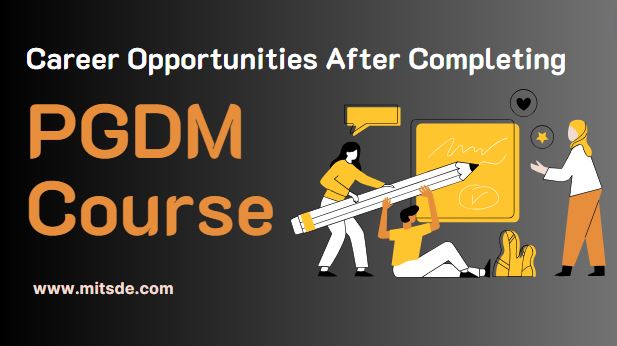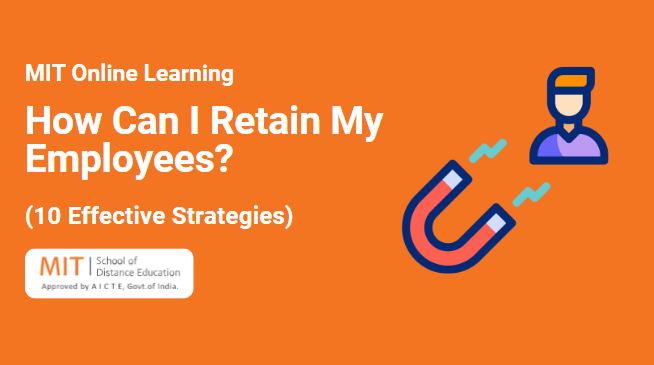In the world of modernization, a large portion of education occurs online. Online learning is not a new concept. Only the technology is relatively new. However, this idea is over 170 years old with its origin in Great Britain, where the instructor initiated a correspondence course by sending lessons to students and receiving completed assignment by mail.
Today these online courses are the latest versions of their humble precursors. Earlier, the courses offered for e-Learning were custom-created, by groups of programmers with the help of software creating tools. Progression in technology led to the creation of the worldwide web, making the formation of e-Learning courses a less complicated task that anyone without programming knowledge could complete. Changes in innovation brought new hardware like portable computers, which made it simple for students to access the course material online. Today, the majority of people use tablets and smart phones to attend online classes and web seminars or webinars. The use of current advances in online education allows the student to interact not only with the instructor but also with the fellow students.
In today’s world, numerous ventures, schools, and organizations acknowledge online certificates and courses for people applying for a job according to their expertise on a certain subject. As the acknowledgement of online degrees and certificates becomes more prominent, the prevalence of online degrees keeps on expanding. The tools used in the industry have become more user friendly. There are virtual classrooms with expert advice, more content, and a lot of interaction.
Online courses are introduced in an altogether different manner from traditional classroom courses. Modern distance learning or online learning courses include web-based course management systems that incorporate digital reading materials, podcasts, discussion forums and test-taking functionality in virtual classrooms. In e-Learning, students have the flexibility to access and work through the material at their own pace and as per their schedule. This allows an individual to pursue a degree while also meeting commitments for work and their personal life. Enrolling for a course in the traditional classroom setting forces a student to follow a set timeline for learning – the assignments, the tests, and the course everything is scheduled ahead of time. Online courses are a place of heaven for those students who learn at a slow pace or do not have time for the traditional classroom course because of other commitments.
Given the capacity to sign in from any location, class discussions include a more extensive range of perspectives helping you upgrade your cross-cultural knowledge. Students get the chance to network with individuals from around the world and to expand their views and become more culturally aware. Distance MBA is one such course among many other online courses that are preferred by most of the students because pursuing a degree while still working shows their commitment to growth and increase their employability skill set by enhancing their on-the-job growth track.
The e-Learning industry grew 900% since the turn of the century and is expected to triple in size between 2020-2025. Learning and teaching can be pricey, tedious and doesn’t ensure results, but e-Learning has the baggage of answers for each conceivable issue. As much as e-Learning is being upheld, it is difficult to remove its underlying foundations from the surface of Learning and Development. With the arrival of the internet, education has developed to its peak. The Scope of Online Education is widening since an ever-increasing number of colleges are offering distance courses on every single subject you want to pursue. The concept of online learning will keep evolving and set to expand with the advancement in the technologies.


